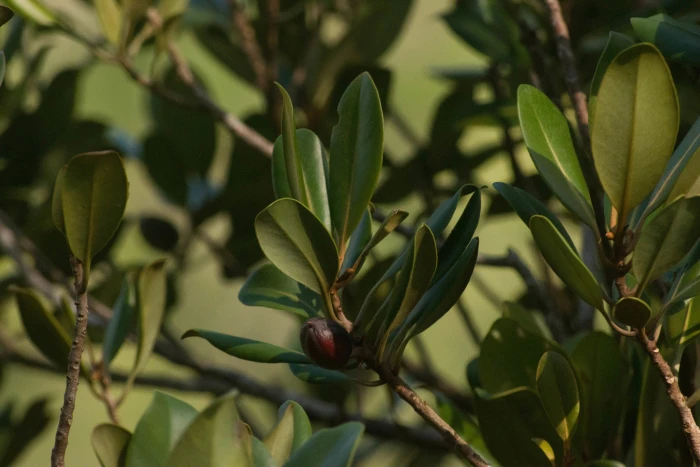ʻālaʻa
(Planchonella sandwicensis)
ʻālaʻa (Planchonella sandwicensis)
/
/

© Kevin Faccenda
CC BY 4.0
Image By:
© Kevin Faccenda
Recorded By:
Copyright:
CC BY 4.0
Copyright Notice:
Photo by: © Kevin Faccenda | License Type: CC BY 4.0 | License URL: http://creativecommons.org/licenses/by/4.0/ | Uploader: kevinfaccenda | Publisher: iNaturalist |























Estimated Native Range
Climate Requirements for Yangon, Myanmar
| This Plant | Your Site | Plant Suitability for Your Location | ||
|---|---|---|---|---|
| • Precipitation | 30" - 191" | 103" | Aquatic | Aquatic |
| • High Temp. | 67°F - 87°F | 98°F | Your summers may be too hot for this plant. | Too hot |
| • Low Temp. | 46°F - 71°F | 64°F | Your winter temperatures are normal for this plant | Excellent |
This plant may not grow well at your location - your precipitation is too high.
Summary
Planchonella sandwicensis, commonly known as ʻĀlaʻa, Āulu, or ʻĒlaʻa, is a deciduous tree endemic to the Hawaiian Islands. It is found in a variety of habitats including dry, coastal mesic, and mixed mesic forests, typically at elevations ranging from 787 to 3215 feet. This species can grow to a height of 49 feet with a trunk diameter of about 1 foot. The tree’s thick, grey bark is notably fissured and reveals an orange inner layer when cut. Planchonella sandwicensis is characterized by its oblong, leathery leaves and bell-shaped flowers that grow in clusters. The fruit is a berry that can be yellow, orange, or purplish-black when ripe.
In cultivation, ʻĀlaʻa is valued for its cultural significance and ornamental features, including its attractive bark and foliage. It is used in native plant gardens and restoration projects to promote biodiversity and preserve Hawaiian cultural heritage. The tree prefers well-drained soils and can tolerate a range of light conditions from full sun to part shade. It is relatively low-maintenance once established but may require protection from pests and diseases that are not present in its native habitat. The wood of Planchonella sandwicensis has a history of use in traditional Hawaiian construction, for crafting canoe parts, and for making tools, while the sap has been used as an adhesive and birdlime.CC BY-SA 4.0
In cultivation, ʻĀlaʻa is valued for its cultural significance and ornamental features, including its attractive bark and foliage. It is used in native plant gardens and restoration projects to promote biodiversity and preserve Hawaiian cultural heritage. The tree prefers well-drained soils and can tolerate a range of light conditions from full sun to part shade. It is relatively low-maintenance once established but may require protection from pests and diseases that are not present in its native habitat. The wood of Planchonella sandwicensis has a history of use in traditional Hawaiian construction, for crafting canoe parts, and for making tools, while the sap has been used as an adhesive and birdlime.CC BY-SA 4.0
Plant Description
- Plant Type: Shrub, Tree
- Height: 20-60 feet
- Width: 15-25 feet
- Growth Rate: Moderate
- Flower Color: Green, White
- Flowering Season: Summer
- Leaf Retention: Evergreen
Growth Requirements
- Sun: Full Sun, Part Shade
- Water: Medium
- Drainage: Medium
Common Uses
Border Plant, Low Maintenance
Natural Habitat
Endemic to a variety of habitats including dry, coastal mesic, and mixed mesic forests within the Hawaiian Islands
Other Names
Common Names: Hawaii Planchonella
Scientific Names: Planchonella sandwicensis, Planchonella ceresolii, Planchonella densiflora, Planchonella densiflora, Planchonella puulupensis, Planchonella rhynchosperma, Planchonella sandwicensis f. densiflora, Planchonella sandwicensis f. puulupensis, Planchonella spathulata var. densiflora
GBIF Accepted Name: Planchonella sandwicensis